Does Chewing Gum Help Fight Halitosis?
Chewing gum is one of the most common quick fixes for bad breath. People often rely on it after meals or before social interactions. But does it really fight halitosis, or does it only mask the problem? Understanding the role of chewing gum in oral health helps patients make informed choices. Gum can be useful, but it should complement—not replace—good oral hygiene practices.
Stimulating Saliva Flow
One of gum’s primary benefits is saliva stimulation. Saliva naturally washes away food particles and neutralizes acids in the mouth. When chewing gum, saliva production increases, diluting odor-causing bacteria. Sugar-free gum, especially those containing xylitol, further supports oral health by reducing cavity-causing bacteria. Patients prone to dry mouth find gum particularly beneficial, as it counteracts the dryness that contributes to halitosis.
Masking vs. Treating the Problem
 Mint-flavored gum quickly freshens breath by masking odor. However, this effect is temporary and does not treat the root cause of halitosis. Gum cannot remove plaque, treat gum disease, or address systemic conditions contributing to bad breath. Patients should use gum as a short-term aid while maintaining brushing, flossing, and dental visits as long-term solutions. Recognizing the difference between masking and prevention ensures realistic expectations.
Mint-flavored gum quickly freshens breath by masking odor. However, this effect is temporary and does not treat the root cause of halitosis. Gum cannot remove plaque, treat gum disease, or address systemic conditions contributing to bad breath. Patients should use gum as a short-term aid while maintaining brushing, flossing, and dental visits as long-term solutions. Recognizing the difference between masking and prevention ensures realistic expectations.
Choosing the Right Gum
Not all gum provides equal benefits. Sugary gum feeds bacteria and worsens odor over time. Sugar-free varieties with xylitol actively reduce bacterial growth while protecting enamel. Patients should chew for about 20 minutes after meals to stimulate maximum saliva flow. Selecting gum with dental association seals ensures it meets health standards and supports overall hygiene.
Complementary Habits for Fresh Breath
Chewing gum works best when combined with other practices. Drinking water throughout the day, cleaning the tongue, and using antimicrobial mouthwash provide longer-lasting freshness. Regular dental cleanings address plaque and tartar that gum cannot remove. Patients who combine gum with proper oral care see greater success in managing halitosis.
Chewing gum helps combat halitosis by stimulating saliva and providing temporary freshness. However, it should never replace brushing, flossing, and professional care. Choosing sugar-free, xylitol-based gum and combining it with consistent hygiene makes gum an effective addition to an overall strategy for fresher breath.

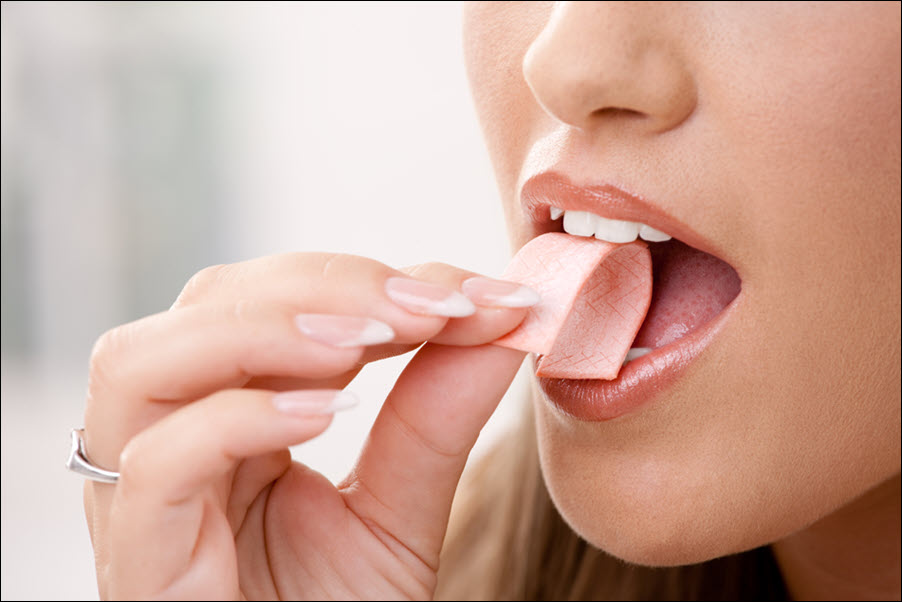
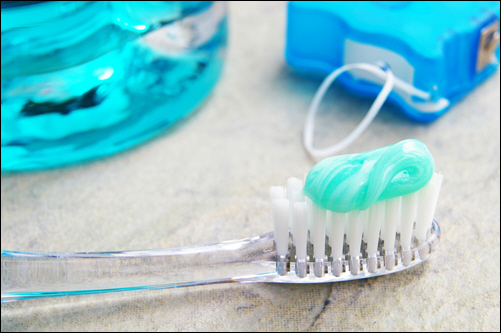
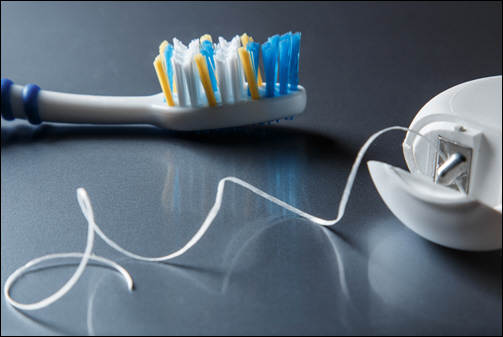 Brushing twice daily is the foundation of a healthy smile. Using a soft-bristled toothbrush and fluoride toothpaste, brush for two full minutes in the morning and before bed. Brushing removes plaque, a sticky film of bacteria, that builds up on your teeth and can lead to cavities and gum disease if left unchecked. Make sure to brush along the gumline and on all surfaces of each tooth—front, back, and chewing surfaces.
Brushing twice daily is the foundation of a healthy smile. Using a soft-bristled toothbrush and fluoride toothpaste, brush for two full minutes in the morning and before bed. Brushing removes plaque, a sticky film of bacteria, that builds up on your teeth and can lead to cavities and gum disease if left unchecked. Make sure to brush along the gumline and on all surfaces of each tooth—front, back, and chewing surfaces.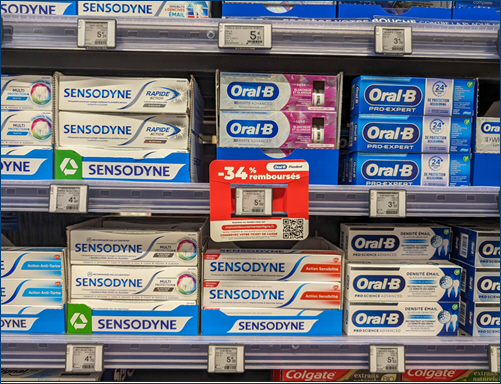
 Key Ingredients to Consider
Key Ingredients to Consider
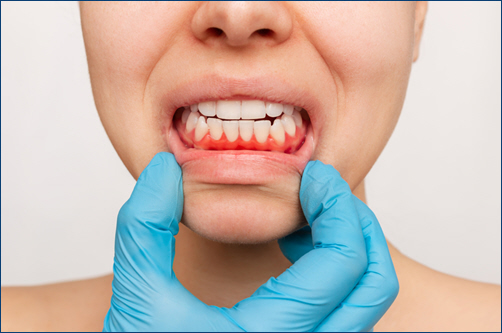 Regular Dental Checkups
Regular Dental Checkups
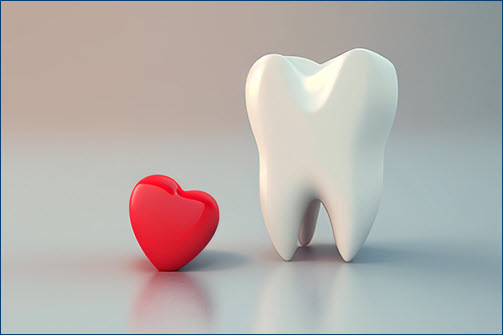 The connection between oral health and heart health is primarily due to the role of inflammation and bacteria. The mouth is a gateway to the body, and poor oral hygiene can lead to the buildup of bacteria and plaque. If not addressed, this can result in gum disease (periodontal disease), which is characterized by inflammation of the gums and the structures supporting the teeth.
The connection between oral health and heart health is primarily due to the role of inflammation and bacteria. The mouth is a gateway to the body, and poor oral hygiene can lead to the buildup of bacteria and plaque. If not addressed, this can result in gum disease (periodontal disease), which is characterized by inflammation of the gums and the structures supporting the teeth.